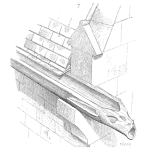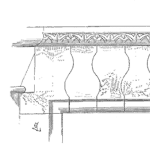
When a reliability engineer or manager does their job well, the product just works as expected. Maybe even a little better than expected. There isn’t any major problems that need a hero to resolve.
Work done well, may go unnoticed. To avoid that you need to master the art of promoting successes without coming across as bragging or boasting. For your career advancement, you need to be both successful and likable.
For your program and ability to influence outcomes, you also need to be seen as successful, valuable, and again likable. [Read more…]









 To increase your knowledge, you need to learn new things, try new things and generally push outside of your comfort zone. One of the key components of growing your knowledge is knowing what is new and happening in Maintenance, Reliability, and Asset Management.
To increase your knowledge, you need to learn new things, try new things and generally push outside of your comfort zone. One of the key components of growing your knowledge is knowing what is new and happening in Maintenance, Reliability, and Asset Management.

